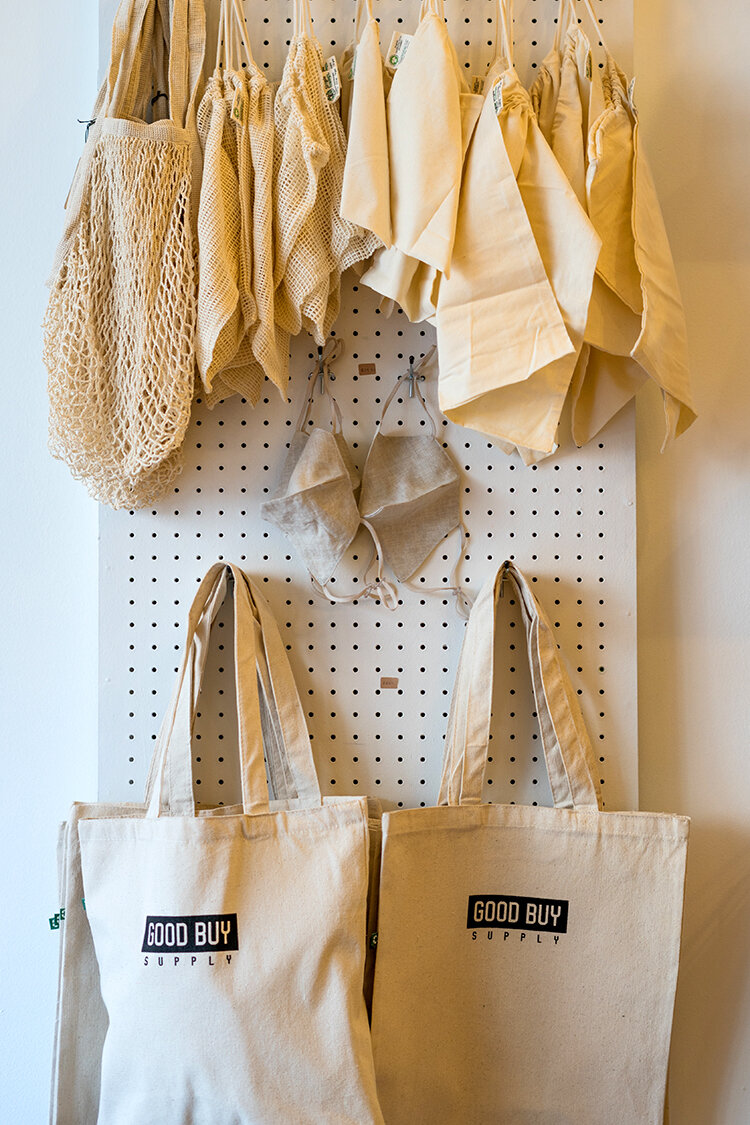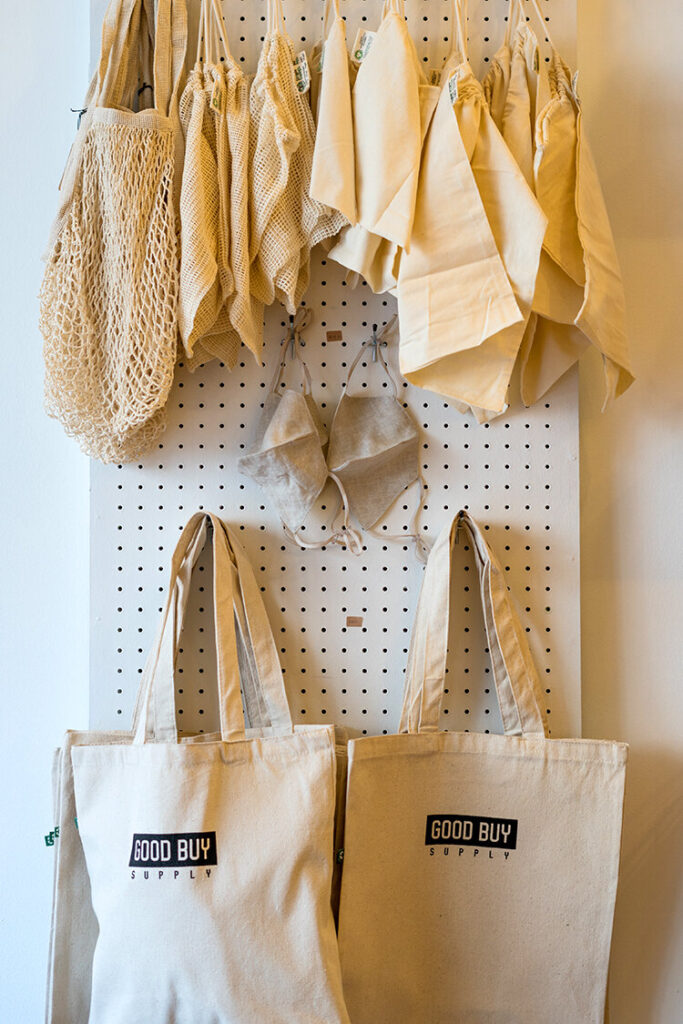Sometimes referred to as the “voice of the Delaware River,” Maya van Rossum has served as the Delaware Riverkeeper since 1994. To her, protecting the watershed has always been deeply personal. She grew up in the Philadelphia suburbs and returned to the area after law school to protect the Delaware and its tributaries.

Van Rossum has been at the helm of the Delaware Riverkeeper Network as it has taken on industry, government agencies and even the Army in order to protect the river, its communities and wildlife. To hear more about what challenges the group plans to take on in 2021, Grid’s Bernard Brown spoke with her in early January. The following interview has been edited for length, clarity and style.
Fracking and related problems have been a big focus for the Delaware Riverkeeper Network in recent years. What developments are you keeping an eye on in 2021?
One is the PennEast Pipeline project that would cross the Delaware River from Pennsylvania into New Jersey. This would be a brand new cut through our communities, through our wetlands and through our forests.
There are state’s rights issues in that the pipeline company wants to take lands in which the state of New Jersey has a property interest, and New Jersey said, “No, you can’t take our property.” The courts so far have sided with the state of New Jersey. This is a case that’s now going, potentially, to the Supreme Court. They’re deciding whether or not to take it.
There are a lot of issues around PennEast that involve these abuses of power and abuses of the law by the Federal Energy Regulatory Commission [which regulates pipeline construction] for pipeline companies.
The other example of fracking gas infrastructure that’s really major is the proposal for a Liquified Natural Gas [LNG] export facility on the banks of the Delaware River in Gibbstown, New Jersey.
Normally what happens is the gas gets piped or transported to an LNG facility, and then they put it on ships. What this facility would do is liquify the gas in Wyalusing, Pennsylvania, where it’s packed and then taken via truck or train hundreds of miles.
This stuff is very, very dangerous, and when you have a catastrophe, it is big. The trucking and the training of gas these long distances is unprecedented in our nation. So this is a big experiment and we’re the guinea pigs.
These are important cases of defending the river against industry action and government inaction. Where is the Delaware Riverkeeper Network going on the offensive?
Every stretch of the river except the Philadelphia stretch is protected for all kinds of all aspects of use—including what’s called “primary contact recreation.”
The Delaware Riverkeeper Network, working with the Clean Air Council, PennFuture and Environment New Jersey, has proven through photos and videos and personal testimony that people are out there in the river getting in the water in all kinds of ways: Swimming. They’re doing yoga on paddle boards and they fall in. Or you’ve got young kids kayaking for the first time and, you know, the boats flip over.
So we have a petition in with the Delaware River Basin Commission proving primary contact recreation and urging that the commissioners recognize this use legally and put in place the standards that will protect the people.
Also we are advancing a petition for protection of fish. Fifty-plus years ago, there was a standard set for the Delaware River with regard to oxygen, which said that the oxygen levels had to be protected at 3.5 milligrams per liter.
Well, the science shows that fish need more oxygen than that.
I can think of a few ways global warming and the changing climate could affect the river. For example, heavier rainstorms and rising sea levels pushing the salt line [the place in the river where the fresh water flowing from the river meets the salt water of the ocean] up the Delaware. How should we be adapting and taking care of the river in a changing climate?
The most important thing that we have to do is not put in place decisions that are going to exacerbate the problem. For example, one of our biggest arguments against deepening the Delaware River was sea level rise, because deepening the Delaware River on its own becomes a source of moving the salt line further upriver. Every time we have a dredging project, large or small, it is another cut that will exacerbate the ramifications of sea level rise.
Upstream, the most significant ramifications of the climate crisis are going to be flooding. We need to stop allowing communities to build and/or rebuild closer and closer and closer to the river. We’re putting people where we know the floods are gonna happen. We are also inflicting direct harm on the river because floodplains are part of the living river system.
How can readers get involved? What should we be doing to fight for the river?
We really need the people who love the watershed to go to the Delaware Riverkeeper Network website or the websites of our other partners and speak up.
Just like with the recent election, if the people turn out and cast their vote with their testimony, we can turn it around. That’s why we have the moratorium against fracking. That’s why PennEast hasn’t yet started to be constructed.
It’s because of the power of the people.










